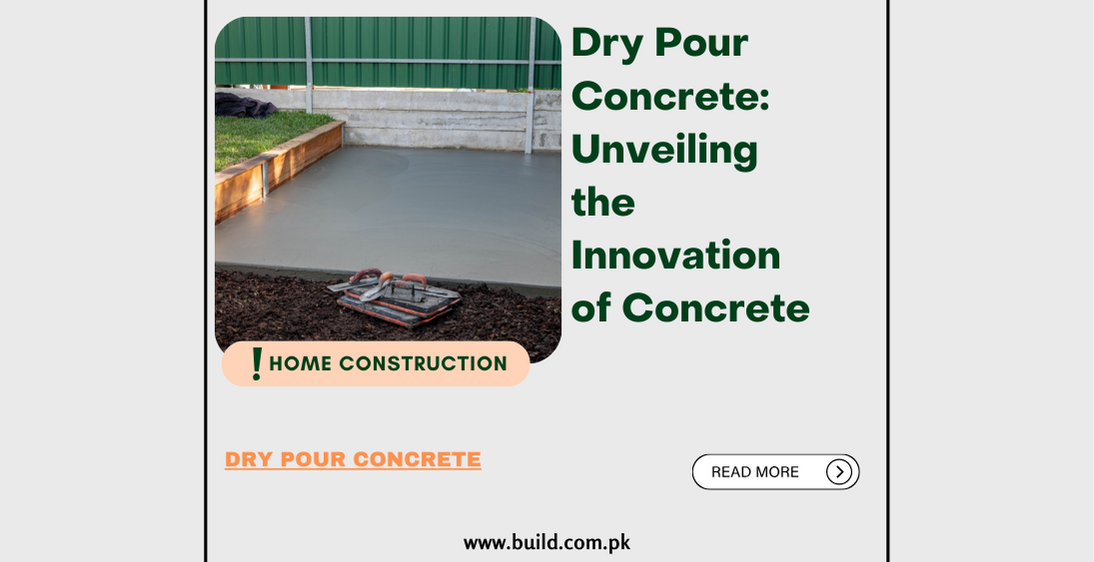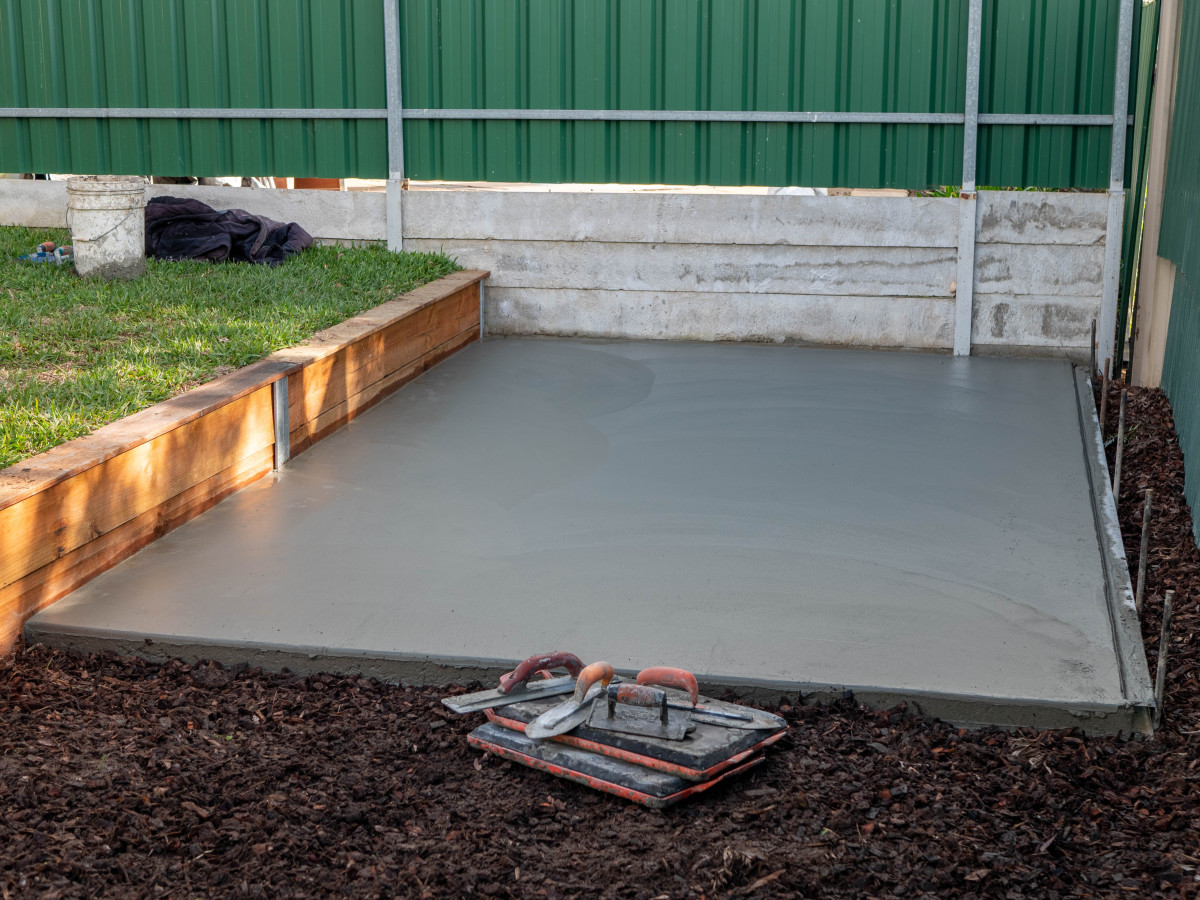Dry Pour Concrete: Unveiling the Innovation of Concrete

Introduction:
In the realm of construction materials, dry pour concrete
emerges as a groundbreaking innovation, revolutionizing the way we approach
concrete placement and construction processes. This detailed blog aims to delve
into the intricacies of dry por concrete, exploring its composition,
properties, advantages, applications, and implications for modern construction
practices. Join us on a journey as we uncover the potential of dry pour
concrete to redefine the landscape of the construction industry.
Understanding Dry Pour Concrete:
Dry pour concrete, also known as dry mix concrete or dry cast
concrete, represents a specialized form of concrete that is mixed to a drier
consistency before being placed and compacted into molds or formwork. Unlike
traditional wet mix concrete, which has a higher water-to-cement ratio and is
poured in a fluid state, dry pour concrete is pre-mixed with minimal water
content, resulting in a semi-solid consistency that can be molded and shaped
with ease.

Composition and Properties of Dry Pour Concrete
Aggregates:
Dry pour concrete typically consists of a blend
of aggregates such as sand, gravel,crushed stone, or recycled materials, which
provide bulk and volume to the concrete mix. The selection of aggregates
influences the strength, durability, and appearance of the finished concrete.
Cementitious Materials:
Cementitious materials, including
Portland cement, fly ash, slag, or other supplementary cementitious materials,
serve as binders that hold the aggregates together and provide structural
integrity to the concrete mix.
Admixtures:
Admixtures such as plasticizers,
superplasticizers, air-entraining agents, and accelerators may be added to the
dry pour concrete mix to enhance workability, flowability, setting time, and
other performance characteristics.
Water Content:
Unlike wet mix concrete, which requires a
significant amount of water to achieve the desired consistency, dry pour
concrete contains minimal water content. The low water-to-cement ratio enhances
the strength, durability, and shrinkage resistance of the concrete while reducing
the risk of segregation and bleeding.
Advantages of Dry Pour Concrete
Improved Workability:
Dry pour concrete offers enhanced
workability and moldability compared to wet mix concrete, allowing for precise
placement and shaping of complex forms, intricate details, and custom designs.
Reduced Water Usage:
The minimal water content in dry pour
concrete reduces water usage during mixing and placement, promoting
sustainability and environmental conservation by minimizing water consumption
and waste.
Enhanced Strength and Durability:
The low water-to-cement
ratio in dry pour concrete results in higher compressive strength, improved
durability, and reduced shrinkage compared to wet mix concrete, leading to
longer-lasting and more resilient structures.
Faster Setting Time:
Dry pour concrete typically has a faster
setting time compared to wet mix cocrete, allowing for accelerated
construction schedules and faster turnaround times for projects.
Versatility in Applications:
Dry pour concrete can be used in
a wide range of applications, including architectural elements, precast
concrete products, decorative finishes, and structural components, offering
versatility and flexibility in construction projects.
Applications of Dry Pour Concrete
Precast Concrete Products:
Dry pour concrete is commonly used
in the production of precast concrete products such as retaining walls, pavers,
blocks, pipes, and architectural elements due to its moldability and fast
setting time.
Architectural Elements:
Dry pour concrete enables the creation
of intricate architectural elements such as ornamental facades, decorative
panels, sculptures, and custom-designed features that add aesthetic value to
buildings and landscapes.
Infrastructure Projects:
Dry pour concrete is suitable for
infrastructure projects such as bridges, culverts, sound barriers, and highway
barriers, where rapid construction, durability, and strength are paramount.
Decorative Finishes:
Dry pour concrete can be used to create
decorative finishes such as exposed aggregate, stamped patterns, textured
surfaces, and polished finishes, enhancing the visual appeal of floors, walls,
and outdoor spaces.
Implications for Modern Construction Practices:
Dry pour concrete offers a range of benefits and implications
for modern construction practices, including improved efficiency,
sustainability, durability, and versatility. By incorporating dry pour concrete
into construction projects, builders, archtects, and engineers can achieve
superior results in terms of performance, aesthetics, and environmental
stewardship.
Conclusion:
In conclusion, dry pour concrete represents a paradigm shift in construction materials and practices, offering a viable alternative to traditional wet mix concrete for a wide range of applications. With its unique composition, properties, advantages, and applications, dry pour concrete holds immense potential to redefine the landscape of the construction industry, promoting efficiency, susta inability, and innovation in modern building practices. As the demand for resilient, high-performance construction materials continues to grow, dry pour concrete emerges as a game-changing solution that paves the way for a more efficient, sustainable, and resilient built environment.









